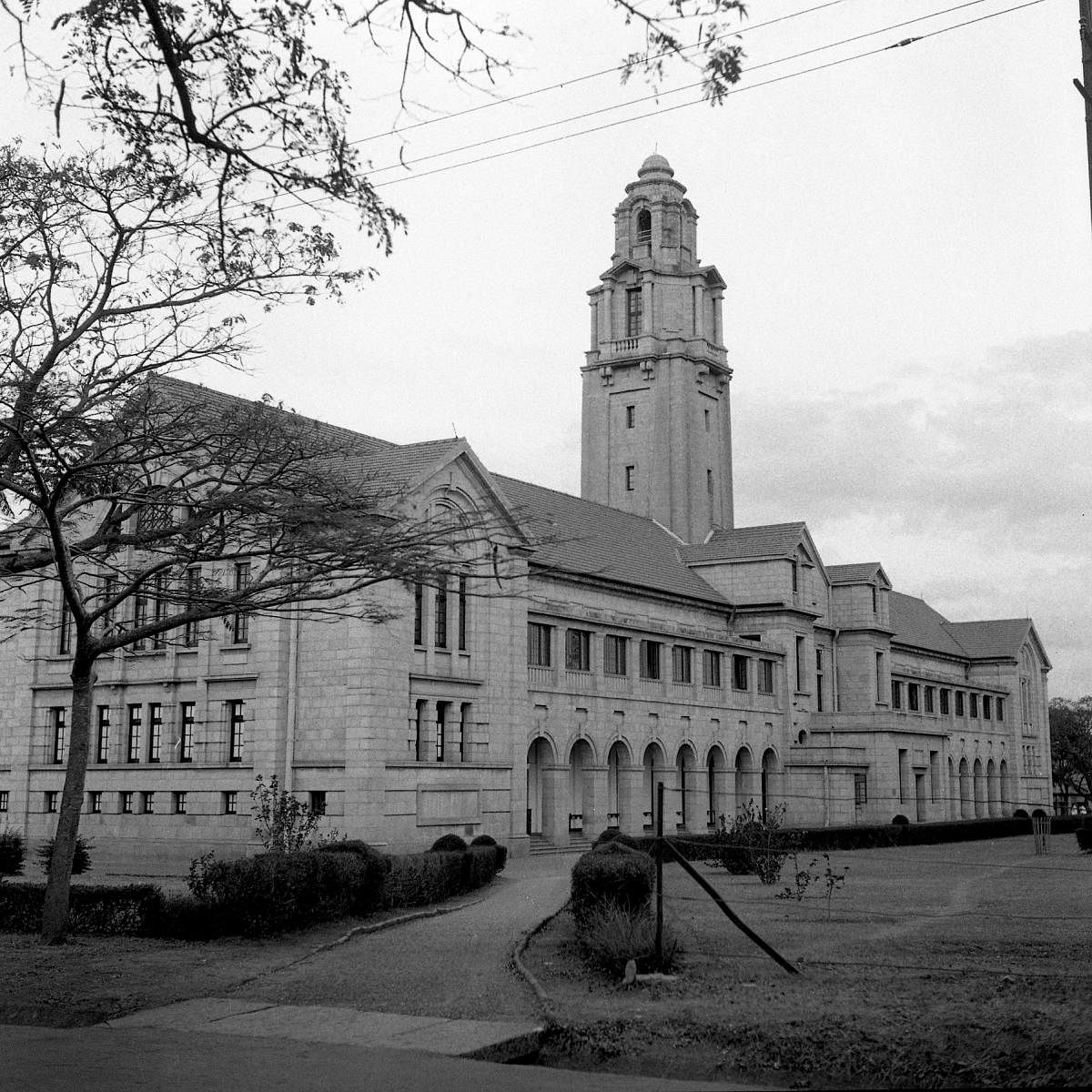What makes Bengaluru India's science capital?

In the early 20th century, Seshadri Iyer, the Dewan of Mysore state, promised 371 acres of land for the construction of an institute for higher education. The Regent Queen Maharani Kempananjammani Vani Vilasa Sannidhana and her son Maharaja Nalwadi Krishnaraja Wadiyar approved. And so Jamsetji Nusserwanji Tata and Swami Vivekananda’s dream project, passionately promoted by Vivekananda’s disciple Sister Nivedita, took off.
The Indian Institute of Science (IISc), tentatively christened ‘The Imperial University of India’ by the British, was established on May 27, 1909.
The story of how Bengaluru was chosen over Mumbai and other cities for setting up the IISc is interesting.

Sir William Ramsay, who received the Nobel Prize in Chemistry (1904), favoured Bengaluru. Yet another committee favoured Roorkee, but this was deemed impractical since the city received no financial backing. The offer of land by the Mysore State bent the decision in favour of Bengaluru.
IISc has not failed its visionary benefactors. It has not only ranked top among the Research and Development institutions in the country but has been a pillar of support to Karnataka, offering scientific solutions to various problems, ranging from traffic control to lake pollution.
It has often been a silent partner to R&D efforts in the Defence and Space sectors in the country. A number of new institutions were born in the IISc’s campus, from the Tata Institute of Fundamental Research to the National Centre for Biological Sciences. The directors and alumni who assumed leadership of national institutions in the country are too numerous to list out in detail.
The most eminent scientist associated with IISc is undoubtedly Sir C V Raman, also the institute’s first Indian director. Raman established the Indian Academy of Sciences in 1934 in Bengaluru after a tiff with establishments in Kolkata. After a fallout with his contemporaries at IISc, he used 10 acres of land given by the Maharaja of Mysore to set up the Raman Research Institute in 1948.
Raman’s nephew S Chandrasekhar went on to establish the Centre for Liquid Crystal Research in Bengaluru in 1995. The institute was subsequently renamed the Centre for Nano and Soft Matter Sciences (CeNS) in 2014.
C N R Rao, the prolific scientist decorated with the Bharat Ratna, first established the Jawaharlal Nehru Centre for Advanced Scientific Research (JNCASR) in the IISc campus in 1994, which was later shifted to the Jakkur campus.
JNCASR also houses the School of Advanced Materials.
Even the Department of Biochemistry at IISc has spawned the Lac Research Institute at Ranchi (Indian Institute of Natural Resins and Gums, ICAR), Central Food Technological Research Institute at Mysuru and the Government Soap Factory at Bengaluru (Karnataka Soaps and Detergents Ltd).
Other institutes
The Madras Observatory shifted to Kodaikanal in 1899, which in turn led to the birth of the modern Indian Institute of Astrophysics (IIA) in Bengaluru in 1971. IIA runs the Vainu Bapu Observatory at Kavalur in Tamil Nadu and the observatory at Gauribidanur, in Karnataka, both popular sites for stargazing.
The Indian Space Research Organisation’s (ISRO) story is equally interesting. The Indian National Committee for Space Research (INCOSPAR) was set up by the government of India in 1962, which in turn set up the Equatorial Rocket Launching System at Thumba. Vikram Sarabhai, who was at the helm, realised the importance of space technology and ISRO superceded INCOSPAR in 1969.
Satish Dhawan became the chairman of ISRO on the condition that it would be located in Bengaluru. Abdul Kalam, before he became President, used to visit the IISc campus every alternate Saturday to monitor the progress of research on rocket fuels.
The lunatic asylum of the Mysore government, established in 1847, evolved to become the state Mental Hospital in 1925 and then became the National Institute for Mental Health and Neurosciences (NIMHANS) after its amalgamation with the All India Institute of Mental Health in 1974.
The recurrent famines also prompted the British Government to take agriculture research seriously. The Wadiyars made a donation of 30 acres of land to set up an Agricultural experimental station at Hebbal, which grew to become the University of Agricultural Sciences (UAS).
This expanded to 1,300 acres and the Gandhi Krishi Vignan Kendra campus was inaugurated in August 1964.
Conceived in the pattern of ‘Land Grant’ Colleges in the US, the UAS is a symbol of positive Indo-US cooperation.
In the 21st century, Bengaluru is also the capital for Information Technology and Biotechnology companies and has a vibrant start-up culture.
So what makes Bengaluru tick as a hub for scientific research? It is not just the weather. It is the scientific culture. The state, right from the time of the Wadiyars, has been unstinting in its support of research. Karnataka was also the first state to announce policies to promote IT, BT or even nanotechnology.
Bengaluru is the science city in every sense of the term and expectations are high because it is the pride of the nation.
(The writer is former director, Indian Institute of Science, Bengaluru)